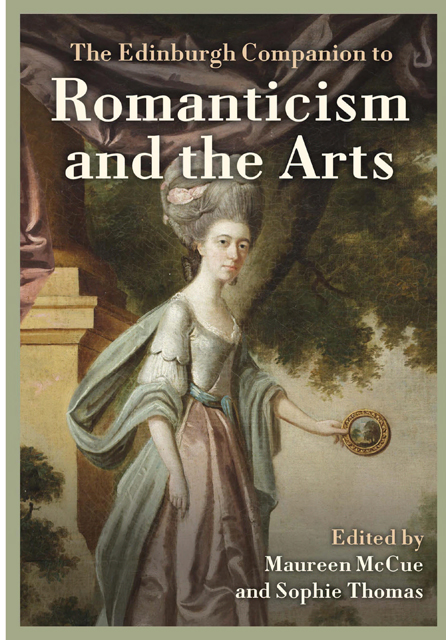9 - Building(s) for Art: The Evolution of Public Art Galleries in England, 1780–1840
Published online by Cambridge University Press: 25 April 2023
Summary
In 1768, on account of being commissioned to produce portraits of the 3rd Duke and Duchess of Montagu, Thomas Gainsborough encountered Rubens’s painting now known as The Watering Place on display in their private home in London. Rubens’s idyllic rustic scene so impressed Gainsborough that he advised his friend, the actor and playwright David Garrick, to invent an excuse to call on the duke in order that he might get ‘to see his Grace’s Landskip of Rubens’ (Egerton 1998, 112), and painted his own Watering Place (National Gallery, London) in response. Half a century later, in 1820, another eminent English painter, J. M. W. Turner, promoted more explicitly the advantages arising from displaying great art in places where many people could benefit from it. Turner exhibited Rome from the Vatican: Raffaelle, Accompanied by La Fornarina, Preparing his Pictures for the Decoration of the Loggia at the Royal Academy (fig. 9.1) and in 1843 he finished another historicising painting commemorating the patronage of publicly visible art, The Opening of the Wallhalla. These were the first and last of a series celebrating the arts, especially his own profession of painting. Part of Turner’s message was that for art to create and sustain the reputation of its creator, as well as to be of value to society, it had to be visible in public locations (Smiles 2007, 29–33). In the quarter century between the creation of Turner’s two works, the artistic landscape in Britain was transformed along the lines for which he had been arguing. Indeed, the Romantic era may be characterised as one of construction, with the creation on an unprecedented scale of a nationwide network of canals and railways, harbours and bridges, dams and sewers, as well as factories and houses. Britain’s cultural landscape also became increasingly populated with built spaces where art could be enjoyed ever-more publicly, by more diverse sections of society and on a permanent basis. This chapter will chart this development, with a geographical focus on London, which, as England’s capital city and the country’s financial and cultural core, set precedents which were followed in other important regional centres.
Promotion of the Fine Arts by the Church, Parliament and Crown
In western Europe, especially in Roman Catholic France, Italy, Spain, the southern Netherlands and southern Germany, paintings and sculptures had traditionally been visible in ecclesiastical settings.
- Type
- Chapter
- Information
- The Edinburgh Companion to Romanticism and the Arts , pp. 165 - 183Publisher: Edinburgh University PressPrint publication year: 2022

